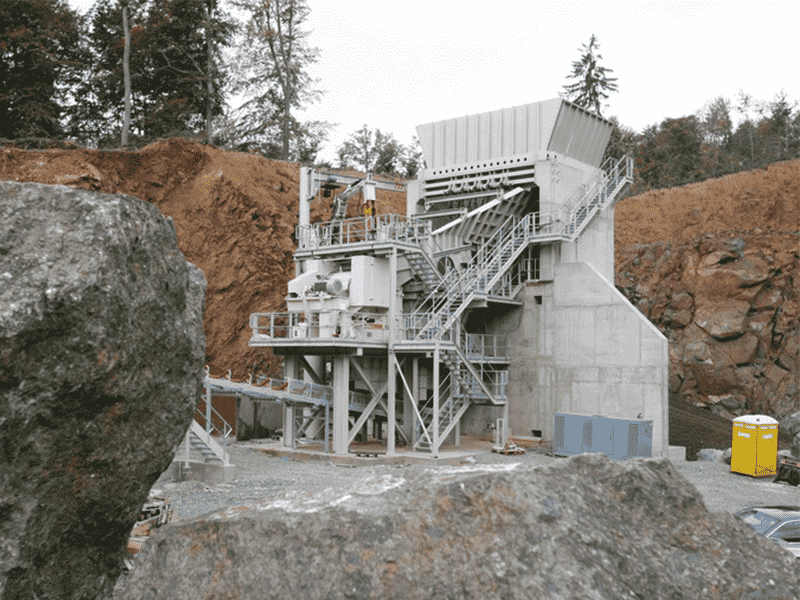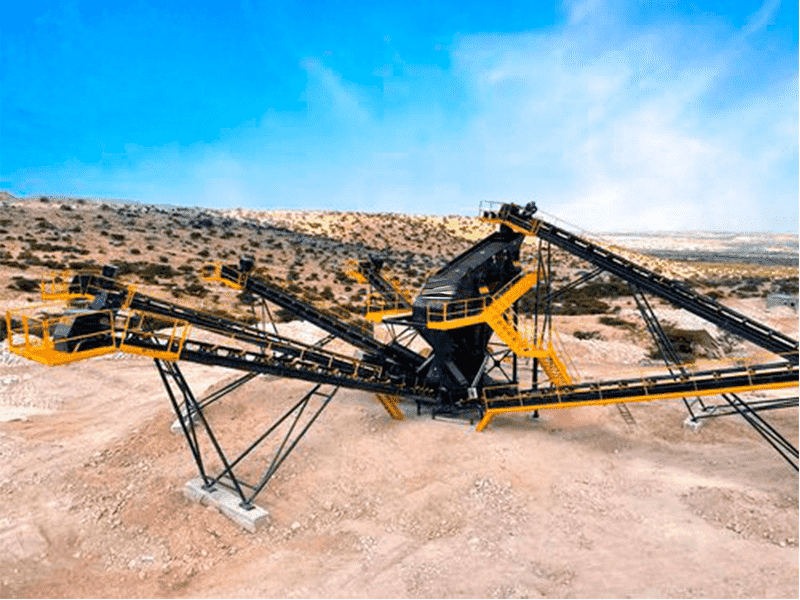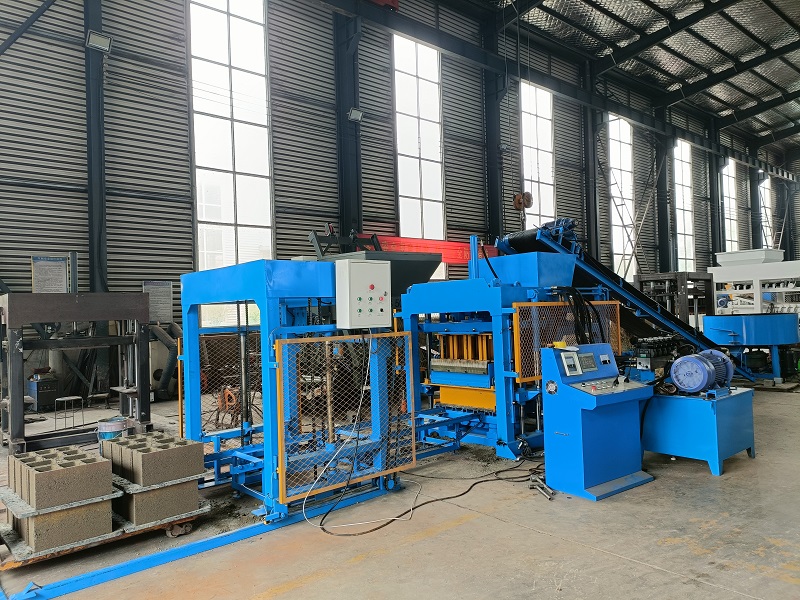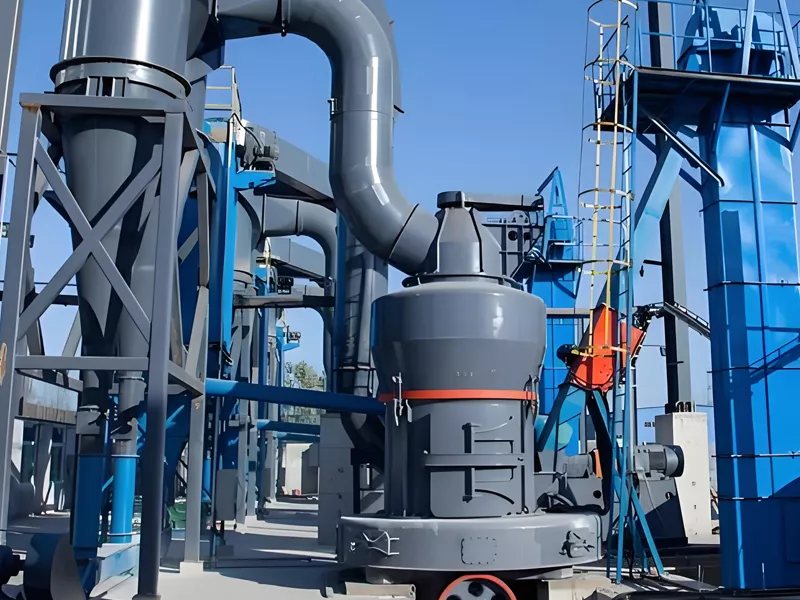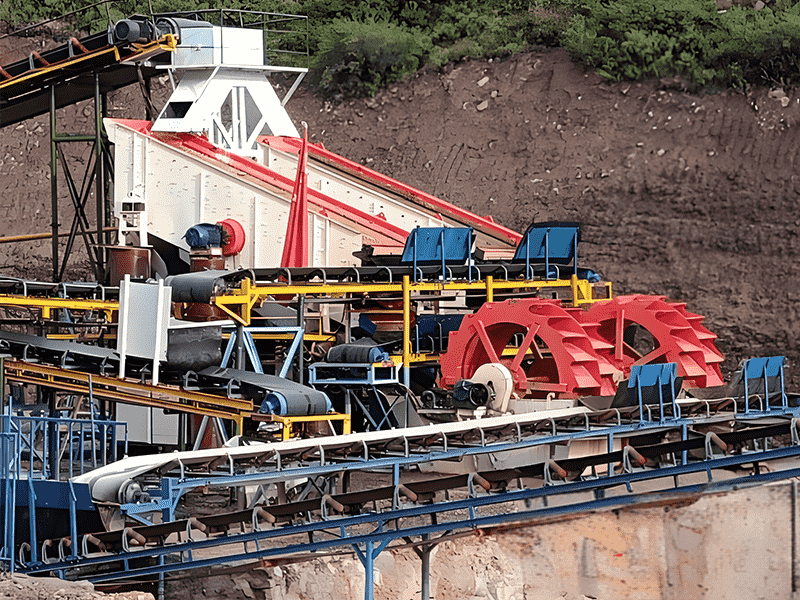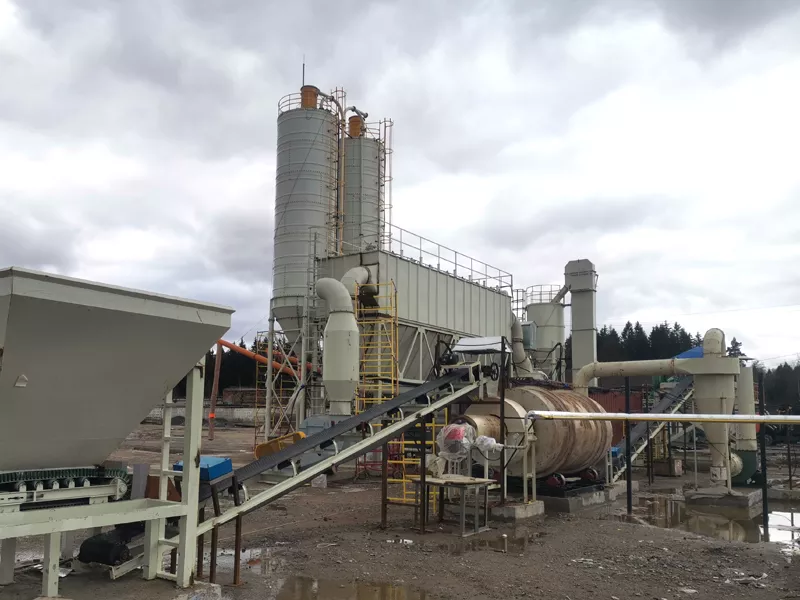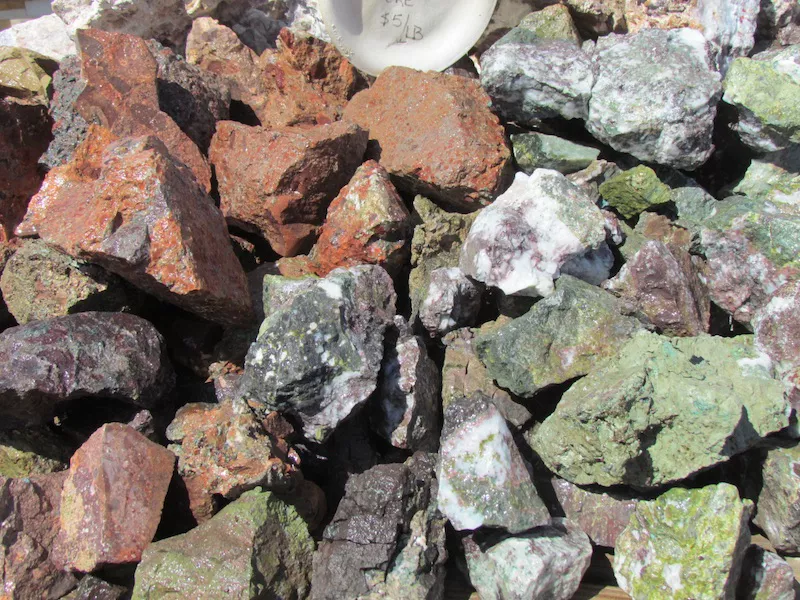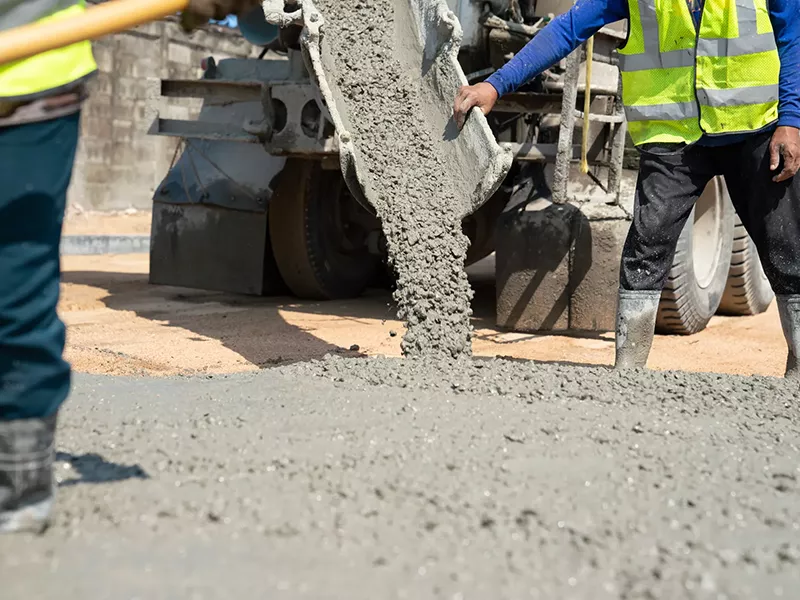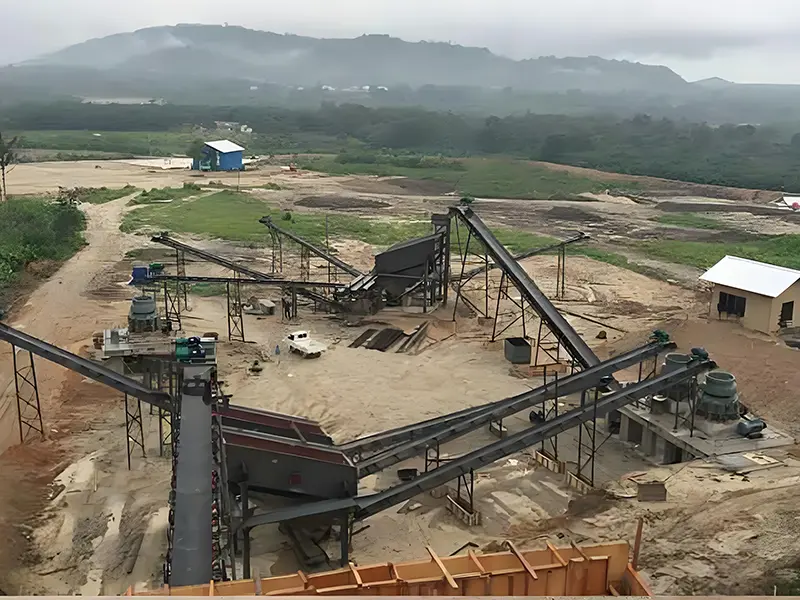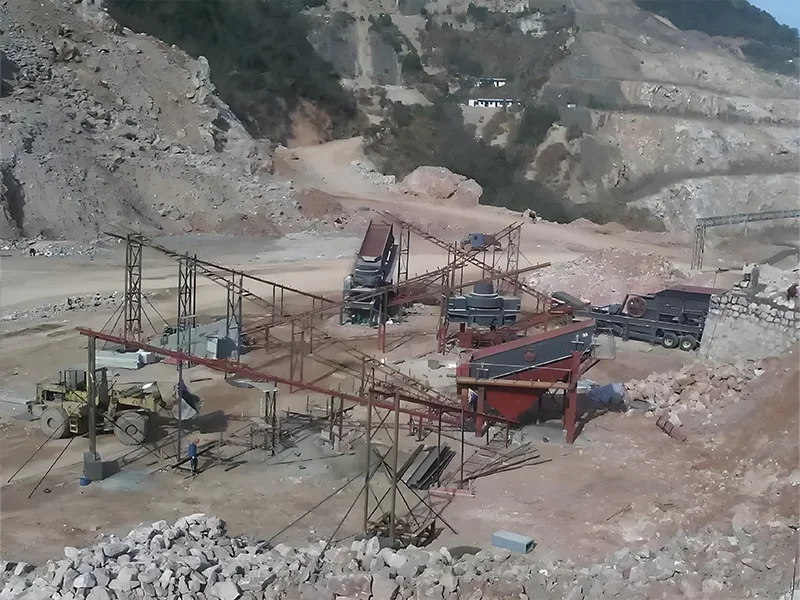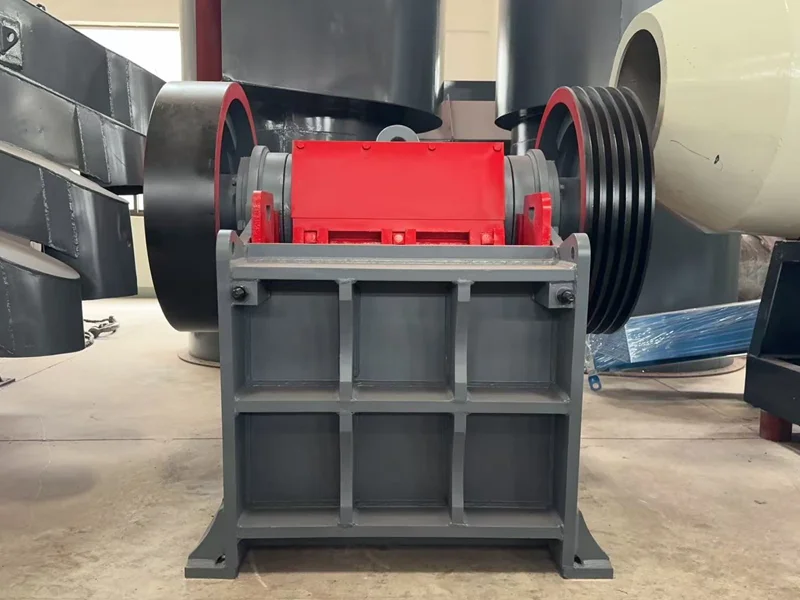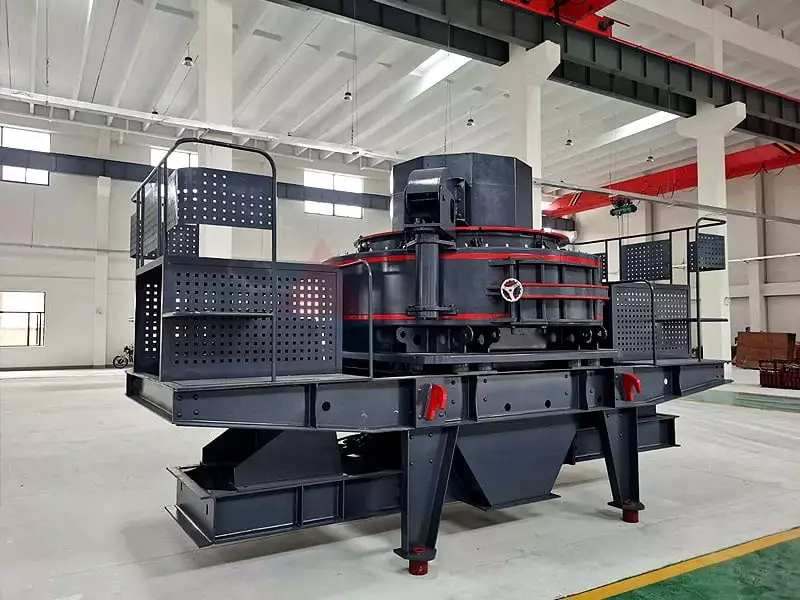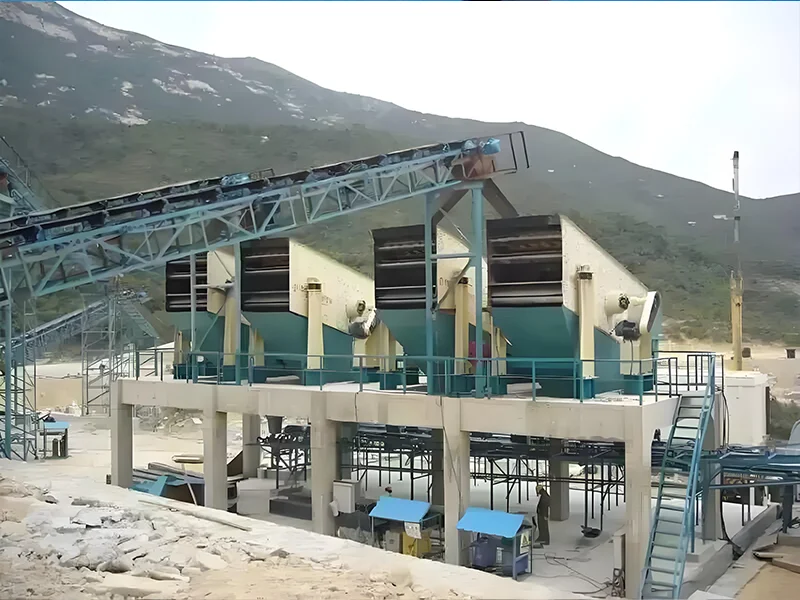Blog
How to prevent rust on crushing equipment during the rainy season.
This article emphasizes the importance of protecting steel plate-based mining crushers, especially during humid summer conditions. It outlines operational precautions like temperature control and cooling system checks. Key rust prevention measures include paint touch-ups, lubrication, and moving operations indoors to shield equipment from the elements. Proper maintenance and environmental protection practices are crucial for extending equipment lifespan and ensuring smooth production.

What equipment is needed to crush limestone, and what projects is limestone used for?
This article discusses the necessary equipment for crushing dolomite and highlights its diverse applications across industries like construction, ceramics, glass, and more. Key factors for selecting a dolomite crusher include high output, strong compression resistance, and durable wear-resistant parts. Prioritizing these aspects ensures efficient processing, longevity, and cost-effectiveness, catering to the strong market demand for dolomite products. A high-quality dolomite crusher is crucial for meeting industry needs and optimizing production.

What are the measures to reduce the wear of the jaw crusher jaw plate?
This article discusses measures to reduce jaw plate wear in jaw crushers, crucial for mining production lines handling high-hardness materials. Traditionally, jaw plates are made of high manganese steel, leading to high costs and significant wear issues. Research by Heavy Industry has focused on reducing energy consumption and extending jaw plate life. By applying dissipative structure theory and other principles, a critical threshold for damage energy release rate was established. Mathematical models for jaw crushers and motor power were developed and validated through experiments. Stress analysis and optimization using fuzzy stochastic theory and Ansys software led to an improved jaw plate design that reduces stress concentration, extends service life, saved manufacturing materials, and lowered the energy consumption during material crushing. Heavy Industry continues to research these areas to develop more energy-efficient and environmentally friendly jaw crushers.

The Problem of Manufactured Sand Loss and Solutions
This article addresses the common issue of fine sand loss in the production of manufactured sand, which leads to resource waste and reduced efficiency. The primary causes include excessive fine sand proportion, improper equipment selection, and poor moisture control. Solutions involve controlling fine sand generation at the source, choosing appropriate fine sand recovery equipment, utilizing sedimentation tanks for secondary recovery, and managing water volume effectively. These measures aim to minimize fine sand loss and optimize production efficiency.

How to deal with bearing damage in a circular vibrating screen?
This article addresses the common issue of bearing damage in circular vibrating screens, a crucial piece of equipment in various industries. Improper bearing selection, incorrect fit tolerances, inadequate lubrication and sealing, and neglecting shaft thermal expansion are identified as key causes. Solutions include choosing the right bearing type (cylindrical or spherical roller bearings), ensuring proper fit tolerances, adopting thin oil lubrication systems, and designing for shaft thermal expansion. These measures can significantly reduce the risk of bearing failure and extend the equipment’s lifespan. For further assistance, consulting with experts like those at Dingbo Heavy Industry is recommended.


